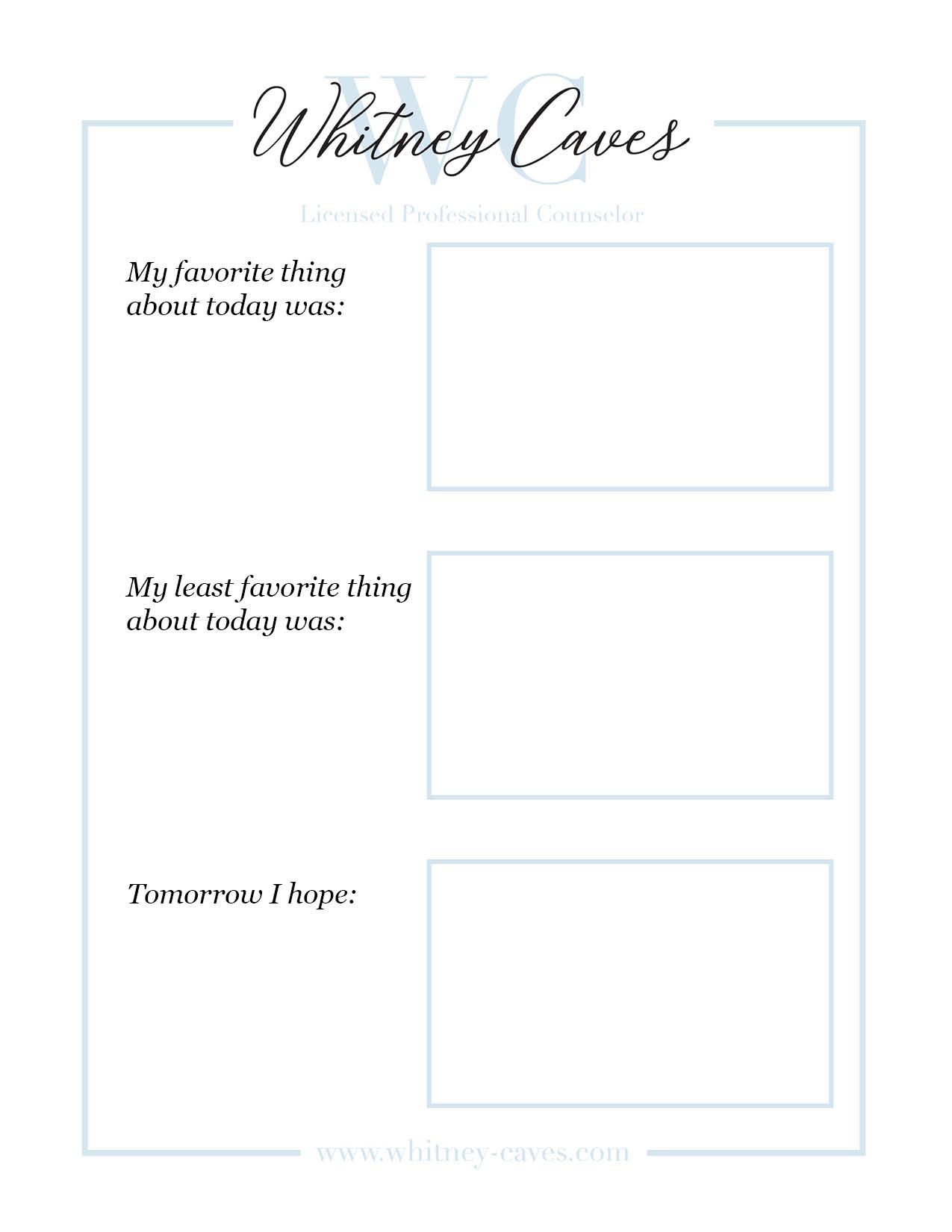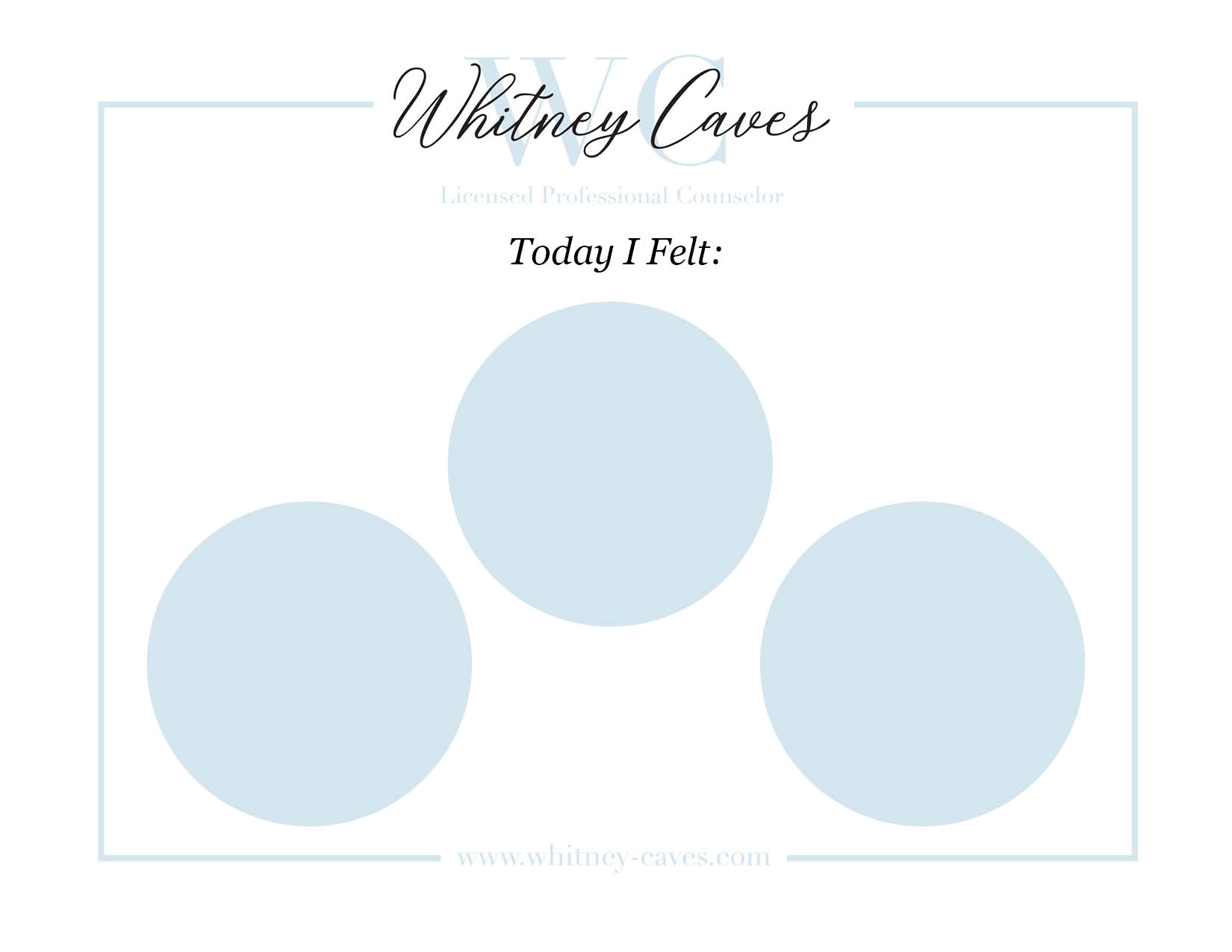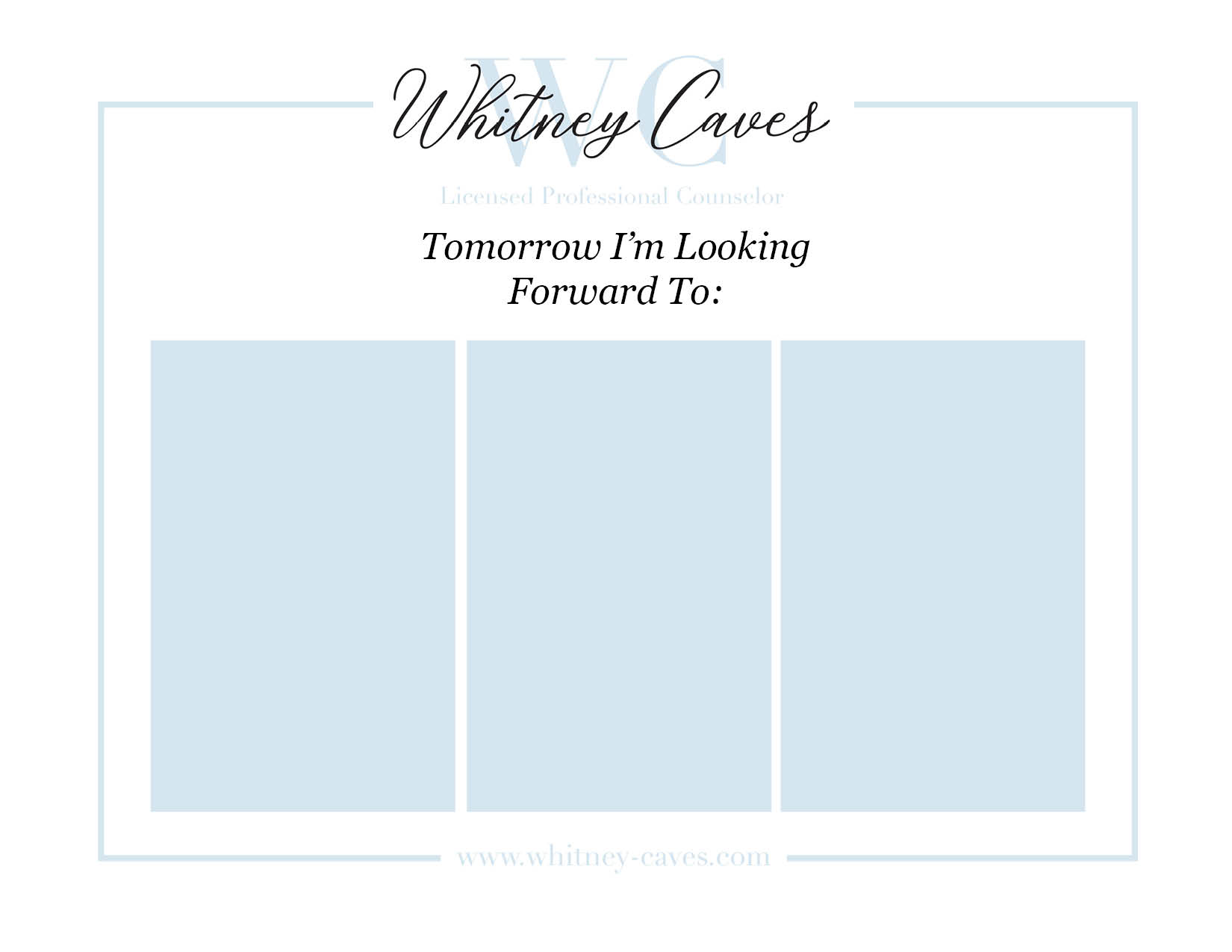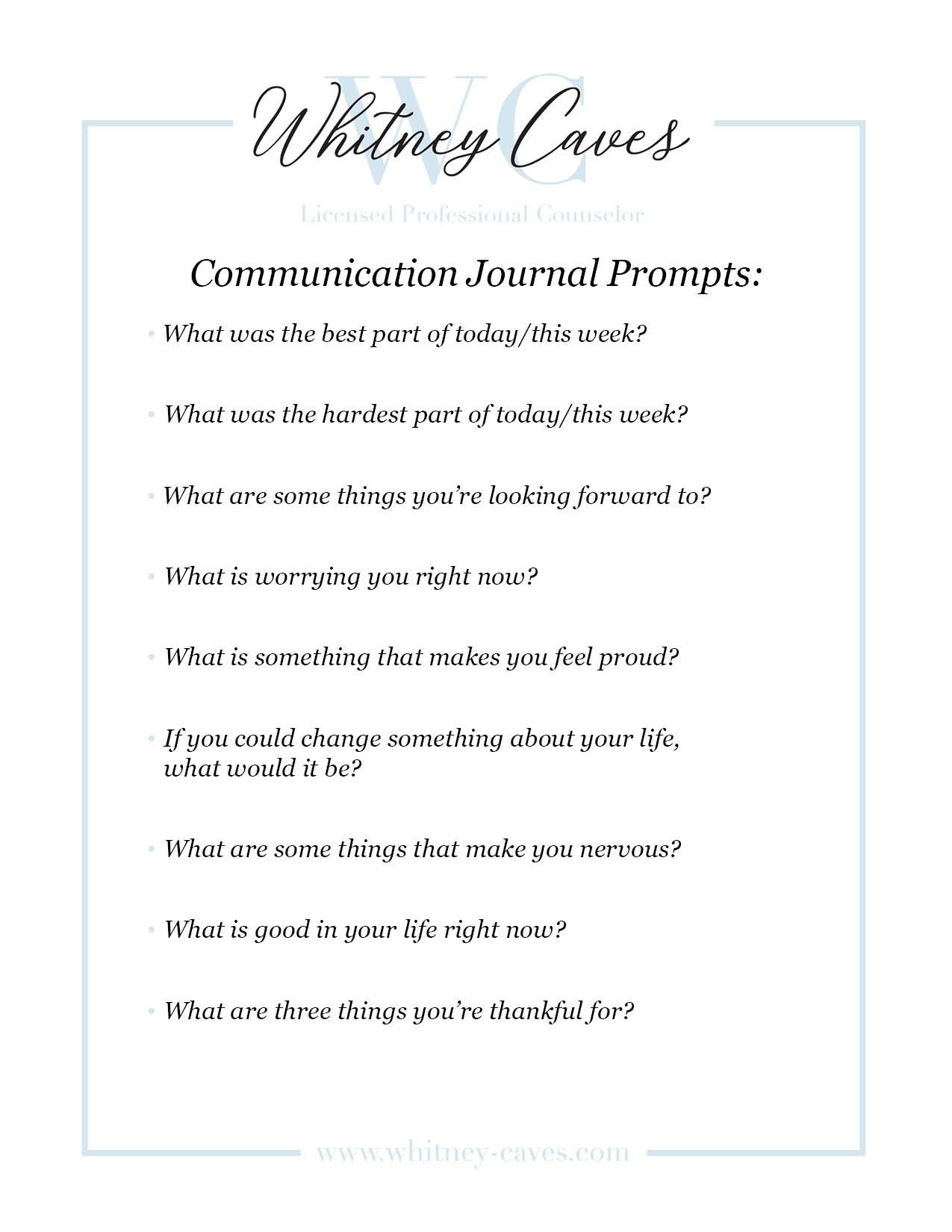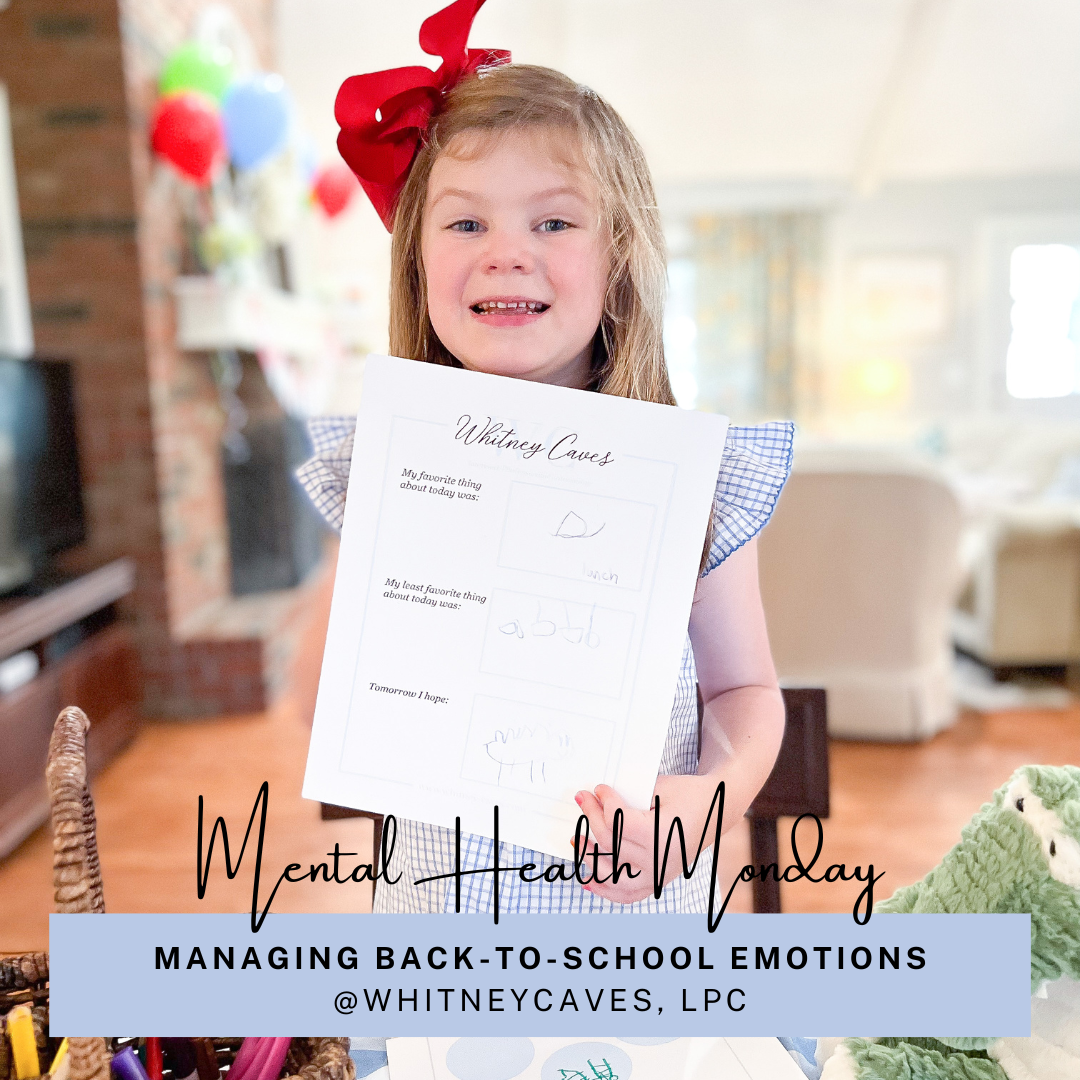
Back-to-school season can bring can bring up all kinds of big emotions in our kids. Excitement, nervousness, anticipation, fear--they can all mix together to result in BIG emotions with BIG reactions. Back-to-school time is always an adjustment, but our kids have faced some unusual challenges during the past three school years. Some kids may be experiencing separation anxiety, fearful thoughts, or nervousness for the first time or on a more intense level than in the past.
BUT - big emotions don't have to be a negative thing. They give our kids a chance to grow, mature, and learn to manage their feelings in ways that aren't inappropriate or harmful. As parents, we give our children a tremendous gift when we give them the tools to manage their emotions in healthy ways.
We don't have to wait until our kids are struggling to get them in the habit of sorting through their experiences and feelings.
I am so pleased to share my Helping Kids Manage Back-to-School Emotions activity worksheets with you. As a therapist, I created these worksheets many years ago and have used them to assist dozens of parents in guiding their children through managing big, difficult emotions.
These worksheets are simple, because you DO NOT need to add anything complicated into your life--especially not now. They can easily be worked into daily routines in a variety of ways to ensure your children have an outlet for their feelings, and to make sure you know what is going on in their little minds.
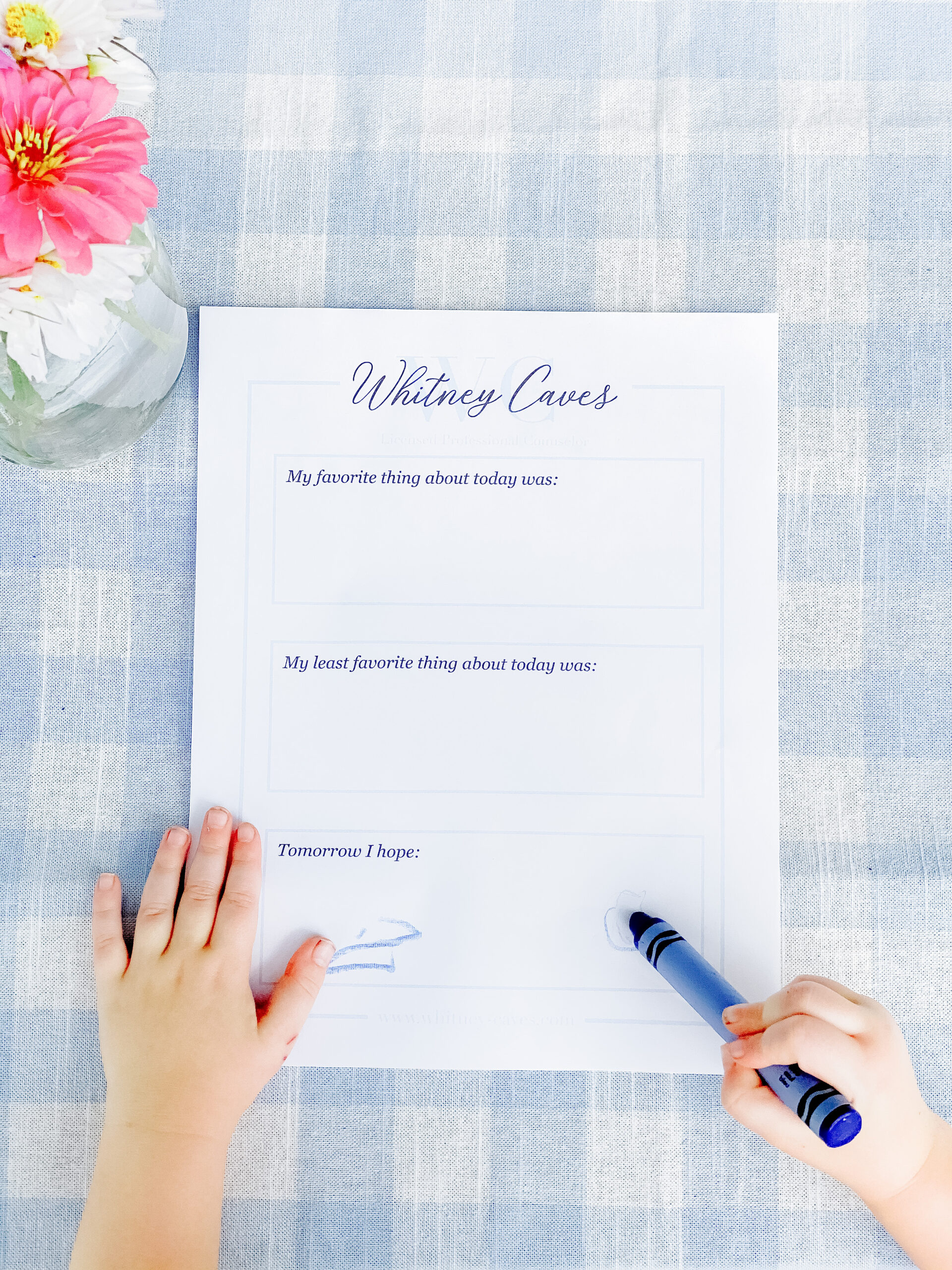
A few ways I've had client parents use these sheets:
- Have children complete them while waiting in the car rider line as a daily check in.
- Have children complete them while eating an after school snack as a daily check in.
- Some parents prefer to use them weekly, as opposed to daily.
- Some children like to draw pictures in the spaces, while others prefer to write their thoughts. Some like to use a combination of drawings and words.
- You have to play it cool with these or they won't work! DO NOT say "sit down children, it's time to talk about your feelings". You don't even have to talk about these much at all if that's best for your child. You can just glance over them and see if anything in particular jumps out at you!
- These can certainly be used if you choose to homeschool!
Read on for more details about each activity! You can click on each image to print.
This activity asks children to identify their favorite part of the day, their least favorite part of the day, and what they're looking forward to the next day. It can be used as a daily or weekly check in, and I've most often had parents use it in the car line while waiting for an older sibling, or during an after school snack time. It is appropriate for children ages 3-12, depending on their maturity level.
This activity asks children to identify three emotions they felt that day, because did you know we can feel more than one thing at a time!?! Much like the previous activity, I've often had parents use this while waiting in a car line or during after school snack time as a daily or weekly check in. This is appropriate for ages 4-12, depending on your child's maturity level, as it requires a more abstract level of thinking than the previous activity.
I have most often used this activity with children whose fear of school is causing them to have trouble falling asleep. The child identifies three things they are looking forward to the next day, and these things can be very big or very small. The parent tapes the sheets to the wall around the child's bed. This way they can be reminded of what they're looking forward to while they fall asleep. I really love this activity, as it has been so helpful to so many children who are dear to me! Appropriate for any age.
I have most often used this activity with teens, though it can certainly be used with younger children depending on maturity level. The parent and child write back and forth to each other in a journal using these prompts. The rule is that you don't have to talk about these things out loud (with the exception being any sort of safety issue of course). This way, you are staying emotionally connected with your child, but they're not worried you're going to be bugging them all the time:) I've had parents and teens have great success strengthening their relationship using this activity.
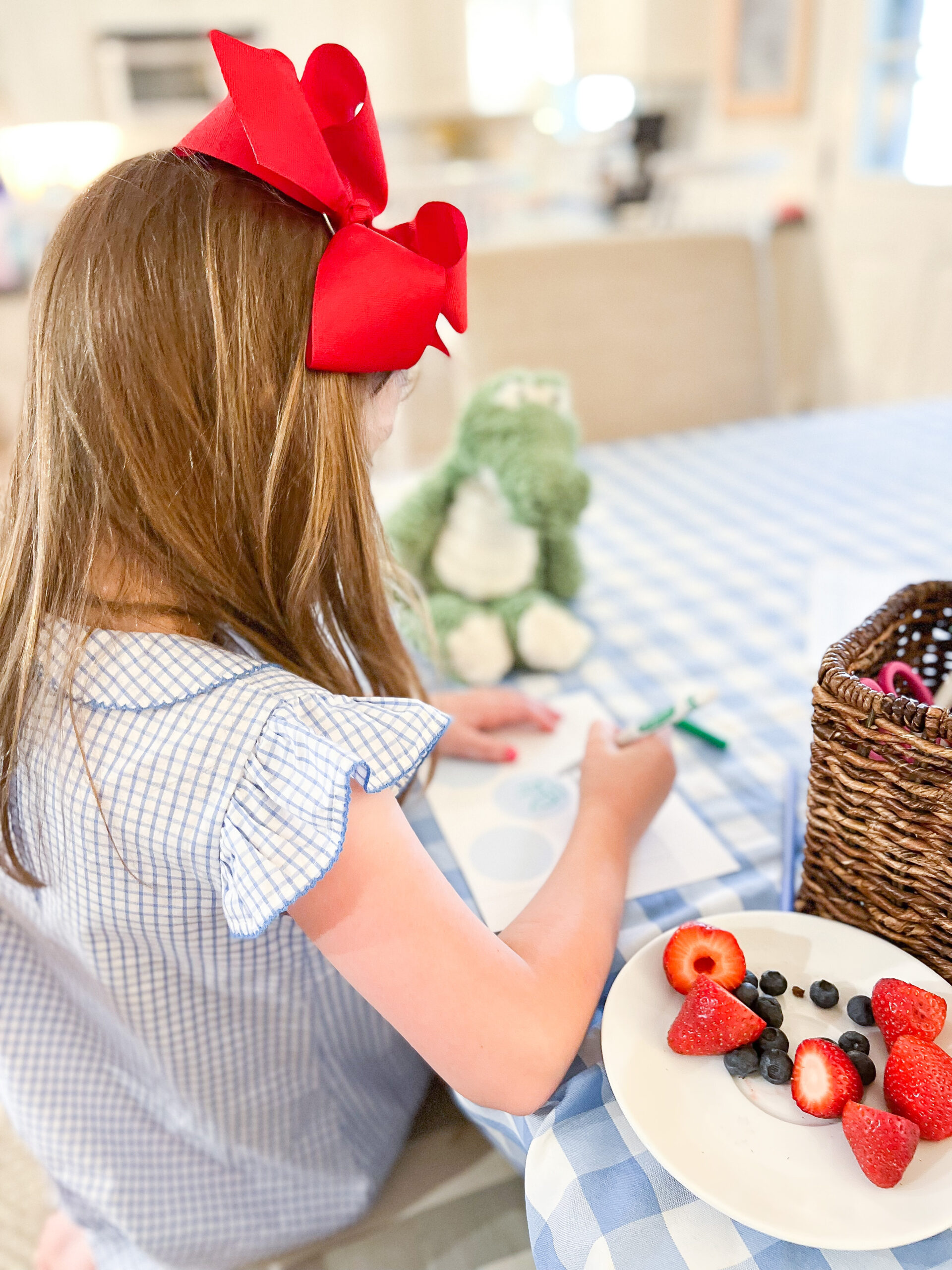
These worksheets feel like a little piece of my heart, and I really hope they're helpful to you. Ultimately, you know your life and your family, so use these however they work best for you. And let me know if you do!
Some school years are great, others are more challenging. We always want to advocate for our children and make sure their needs are being met and they are safe. But even a more difficult school year can be a chance to grow in flexibility, positivity, and perseverance in ways that will benefit our kids far after this school year has ended. I'm wishing you and your family a great school year and I am sincerely praying for students, parents, teachers, assistants, administrators, and anyone else who works in a school daily.
